HUB-IN Online Atlas | A Project Inspiring Historical Urban Area Regeneration
HUB-IN : The Pan-European Project
HUB-IN is a large-scale European project centered around the transformation of historic urban areas (HUAs). HUB-IN (Hubs of Innovation and Entrepreneurship for the Transformation of Historic Urban Areas) aims to stimulate innovation and entrepreneurship in these historic urban landscapes, taking the unique cultural and social identity of these areas as its starting point.
HUB-IN adopts the innovation and entrepreneurship as the main drivers of urban regeneration in HUAs and it is fully aligned with the International Agendas for Cultural Sustainable Development (UNESCO) and Cultural Heritage Strategy (Council Europe).
Being the indispensable partners, CrowdfundingHub and the Municipality of Utrecht together contribute substantially to the HUB-IN project thanks to our expertise on entrepreneurship and alternative finance. Together we provide alternative solutions and consulting service to help with the HUB-IN project.
Online Atlas Platform & Initiative Database
Recently, the researchers presented an Online Atlas Platform, which presents the activities of more than 65 European initiatives, the finance and business models these projects have applied, how their governance structure is organized and what innovations they present in sustainable development in an accessible way. The atlas is a source of inspiration for similar and new initiatives in this field.
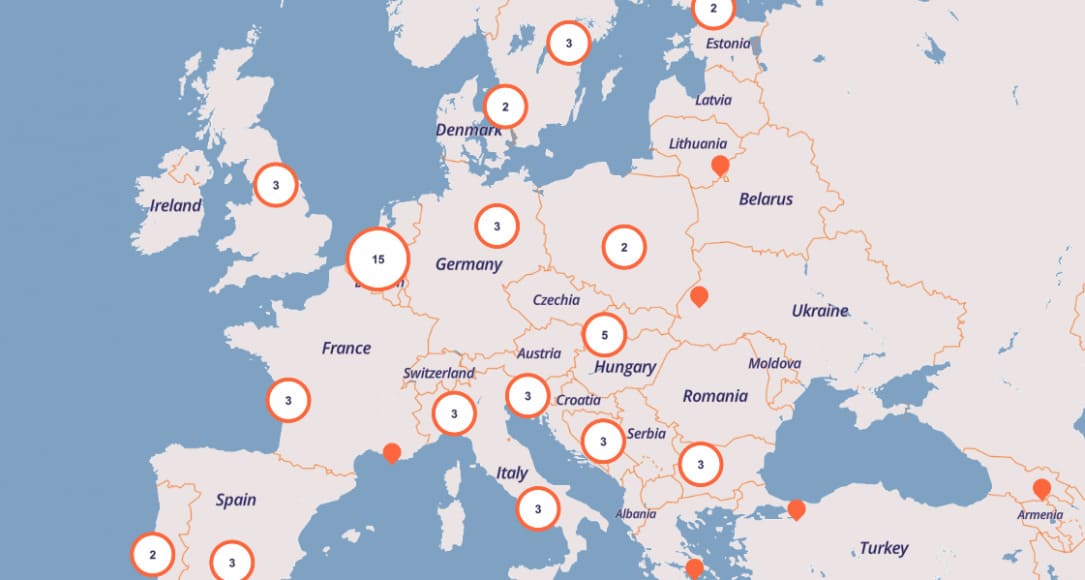
HUB-IN Atlas Platform: A Database of More Than 65 European Initiatives
HUB-IN Atlas is meant for anyone interested in the redevelopment of historic urban areas. It is an online platform where you can filter your search, for example on type of heritage, the party that is in lead of the project, the financial resources that were used or on themes the various projects are connected with. For each project, there is a page with more information about the initiative, what it exactly is that they do and how they are organized. Initiatives in the Netherlands included in Atlas are, for example, the NDSM-Werf (NDSM- wharf), Marineterrein (the Navy Yard) in Amsterdam and Strijp-S in Eindhoven.
“This way, we are trying to show the diversity of innovative and entrepreneurial initiatives that are there and make them accessible to others,” says Mara van Twuijver, external link researcher involved in the project. “As researchers, we are now going to make an analysis of all the cases in the Atlas. (So that we could answer questions such as) Which elements in the ecosystem do they make use of, what are the differences between the cities and initiatives and what can other cities learn from this?”
Local Context: Crucial for the Governance Structure
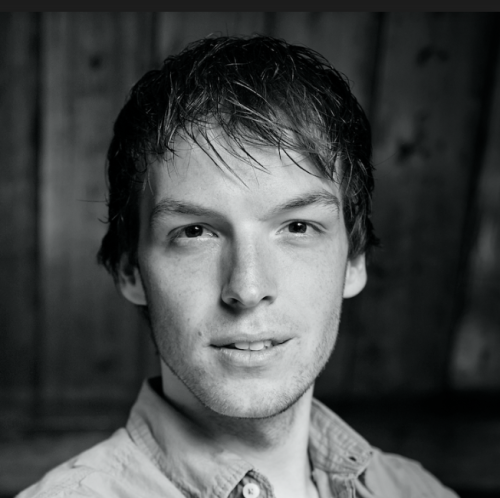
Pieter van de Glind – HUB-IN Expert, Senior Advisor at CrowdfundingHub
“The information in Atlas builds on our existing expertise in the field of entrepreneurial ecosystems,” says project leader Niels Bosma. “Together with CrowdfundingHub and other project partners, we looked at how, as a local government or organization, you can sound business and financing models for this type of project. The local context turns out to be crucial for the governance issues: the role of the public government, developers, real estate investors. This also plays a role in the Werkspoorkwartier in Utrecht: how do you ensure that the parties involved really have a say?
“The financial and business model catalogue that Pieter van de Glind and Helen Toxopeus, together with other project partners, have developed, contains clear, insightful examples that we hope will inspire other cities.”
Alliance of Cities
In the coming months, the research team will continue to work on the development of a Dialogue Tool that local players can use to think about the different types of value they want to create and that helps them in the development of balanced business models that represent the perspectives and interests of the various stakeholders. “We would also like to test this in Utrecht, “says Bosma.
This dialogue tool will be available in May. In September, the team expects to present their final report on valuable entrepreneurial ecosystems for the regeneration of historic urban areas.
“We really hope to create a legacy that will last,” says Bosma. “We strive for an alliance of the cities that are participating in the current project – but which other cities can also join in the future.”

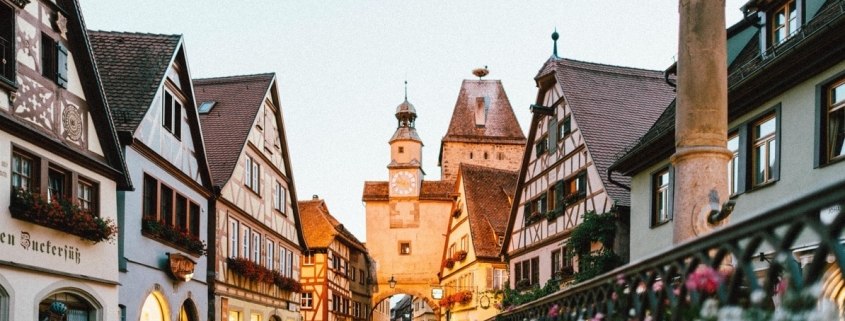
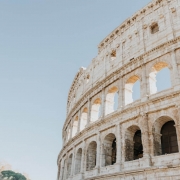
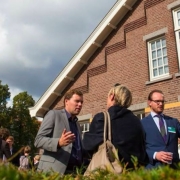
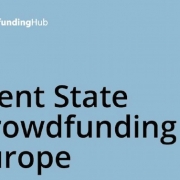
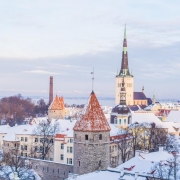
 http://barefoot-em.com/swims/an-early-morning-swim-at-the-edwardian-bramley-baths/
http://barefoot-em.com/swims/an-early-morning-swim-at-the-edwardian-bramley-baths/